Raise your hand if you knew that there used to be a whole-ass building on Chicago’s Polish Triangle (clearly, not me, although I guess it’s obvious in retrospect). Also news to me was that the old Northwestern Trust & Savings Building, the white neoclassical bank on the right, is a two-story original with an addition on top.
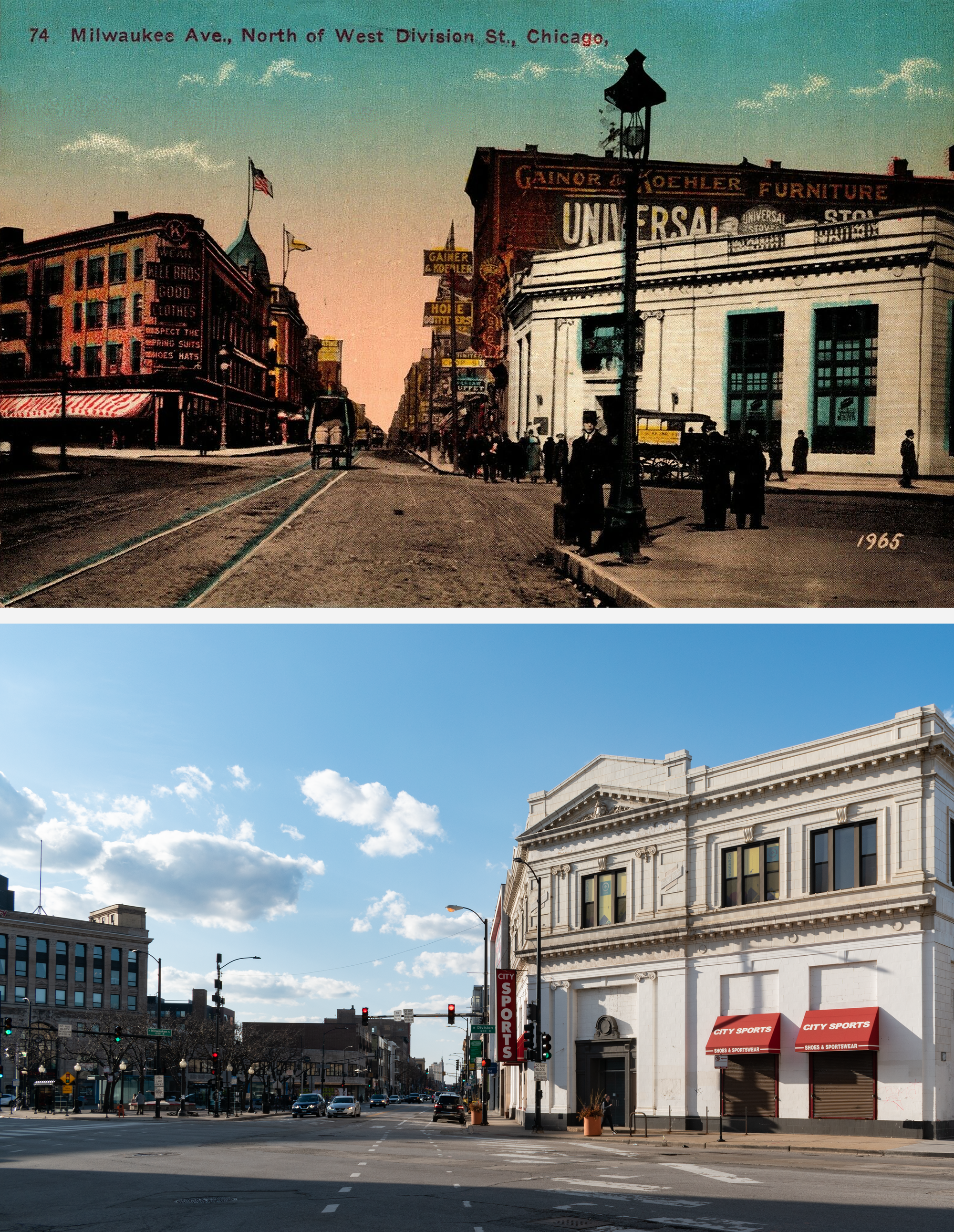
For almost 70 years, the Northwestern Trust & Savings Building at Milwaukee and Division was one of the most influential buildings in Chicago Polonia—originally as the first Polish-owned bank in the city, then as the home of the Polish Daily Zgoda, the newspaper of the Polish National Alliance.
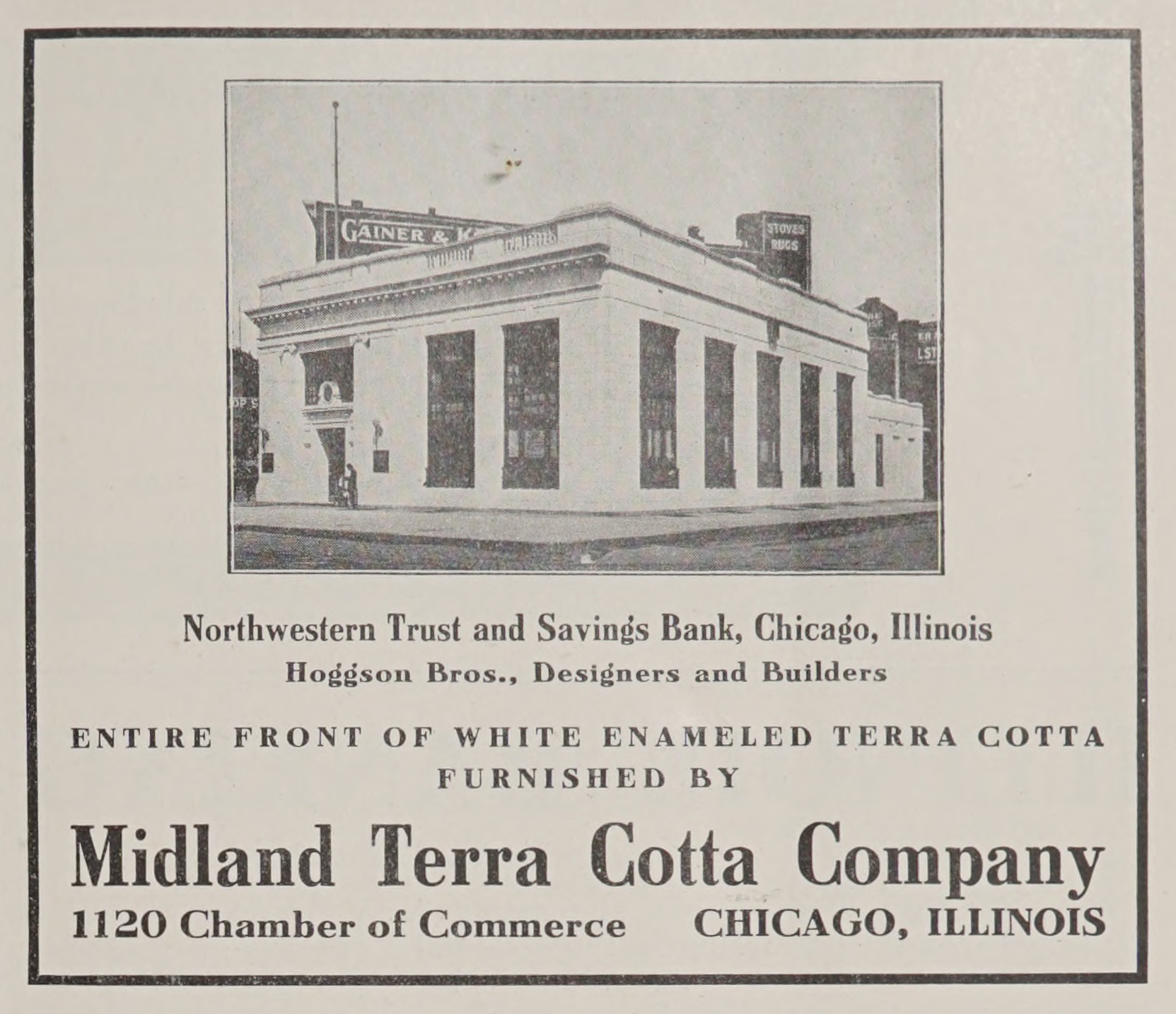
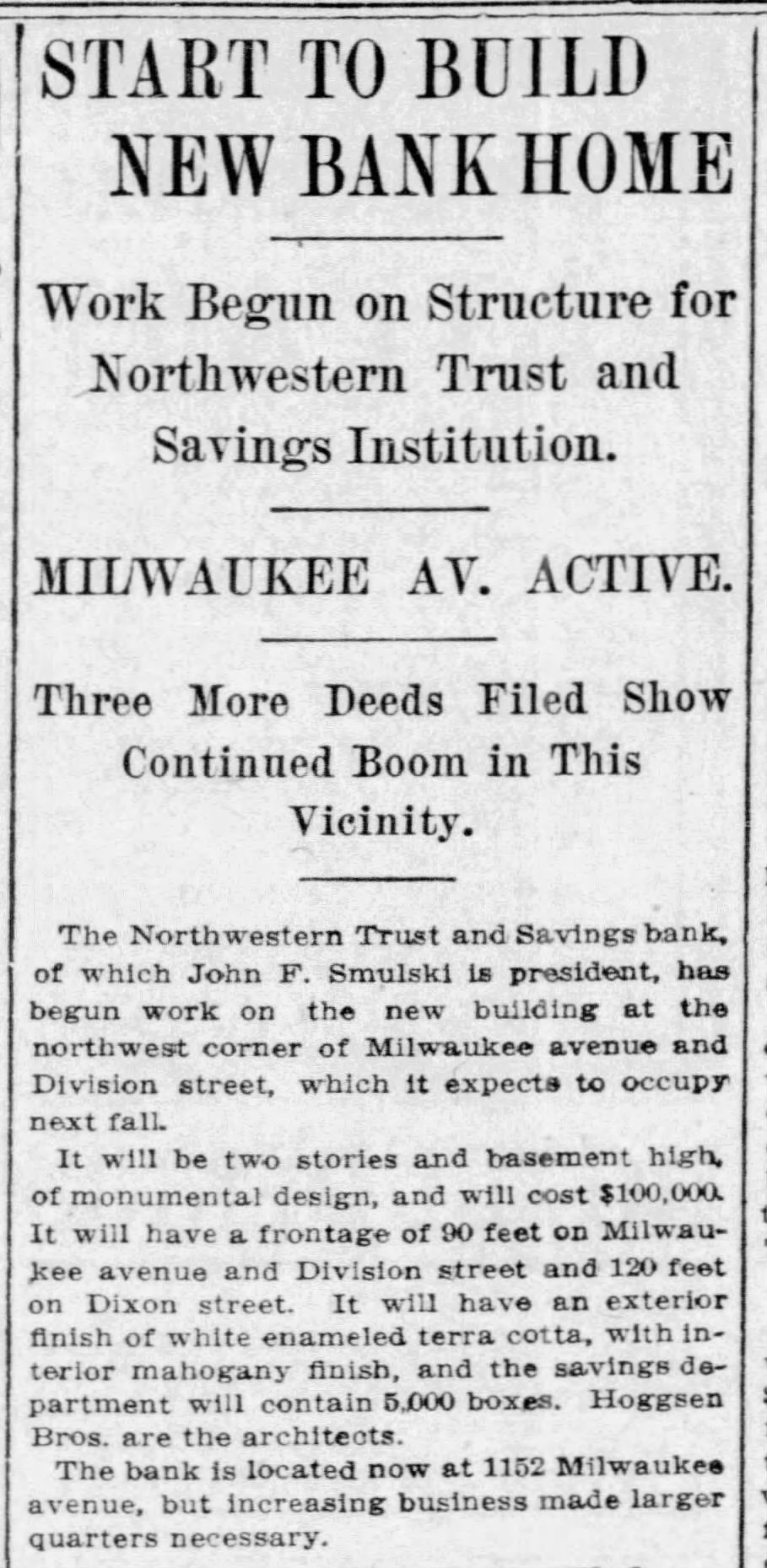
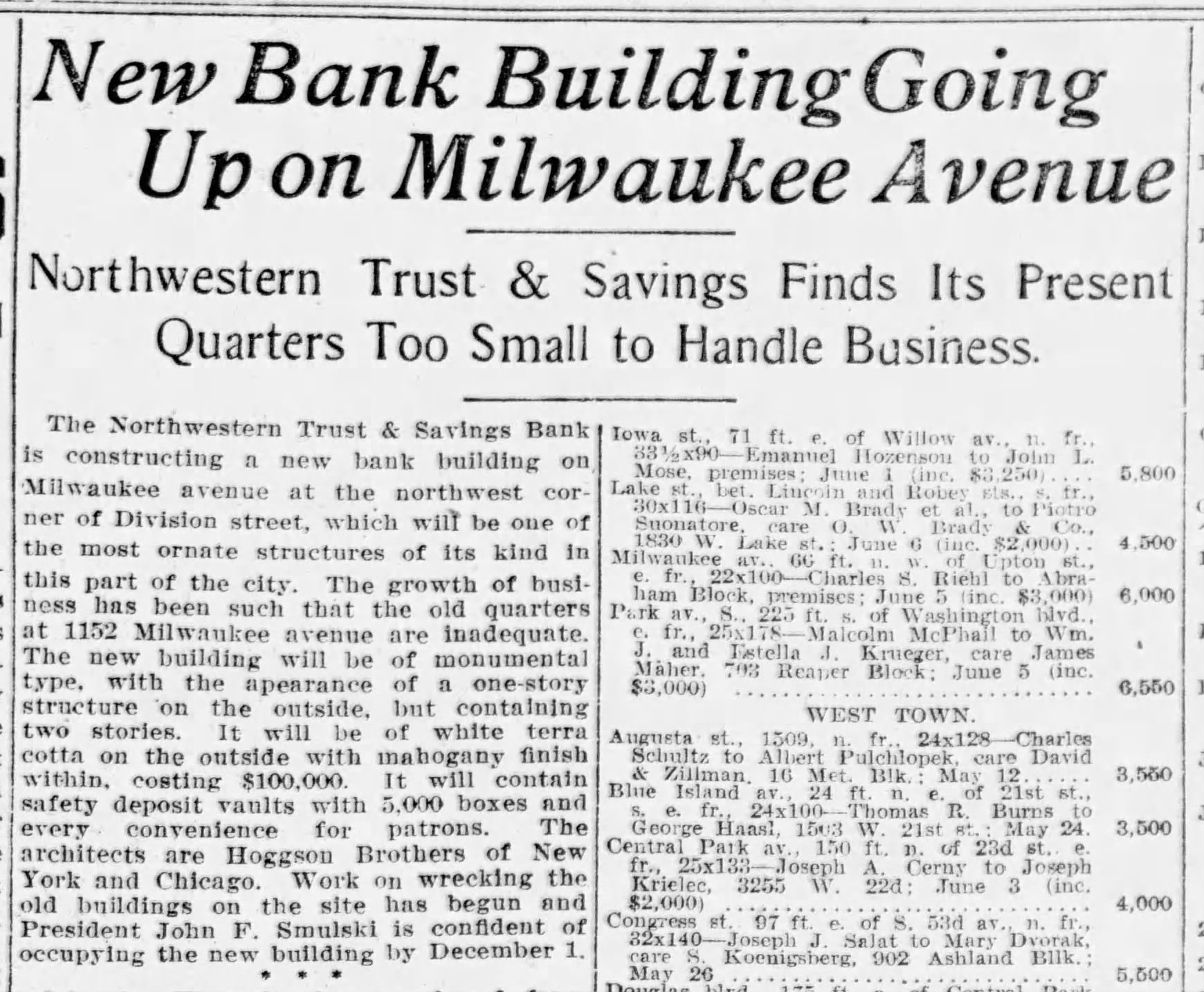
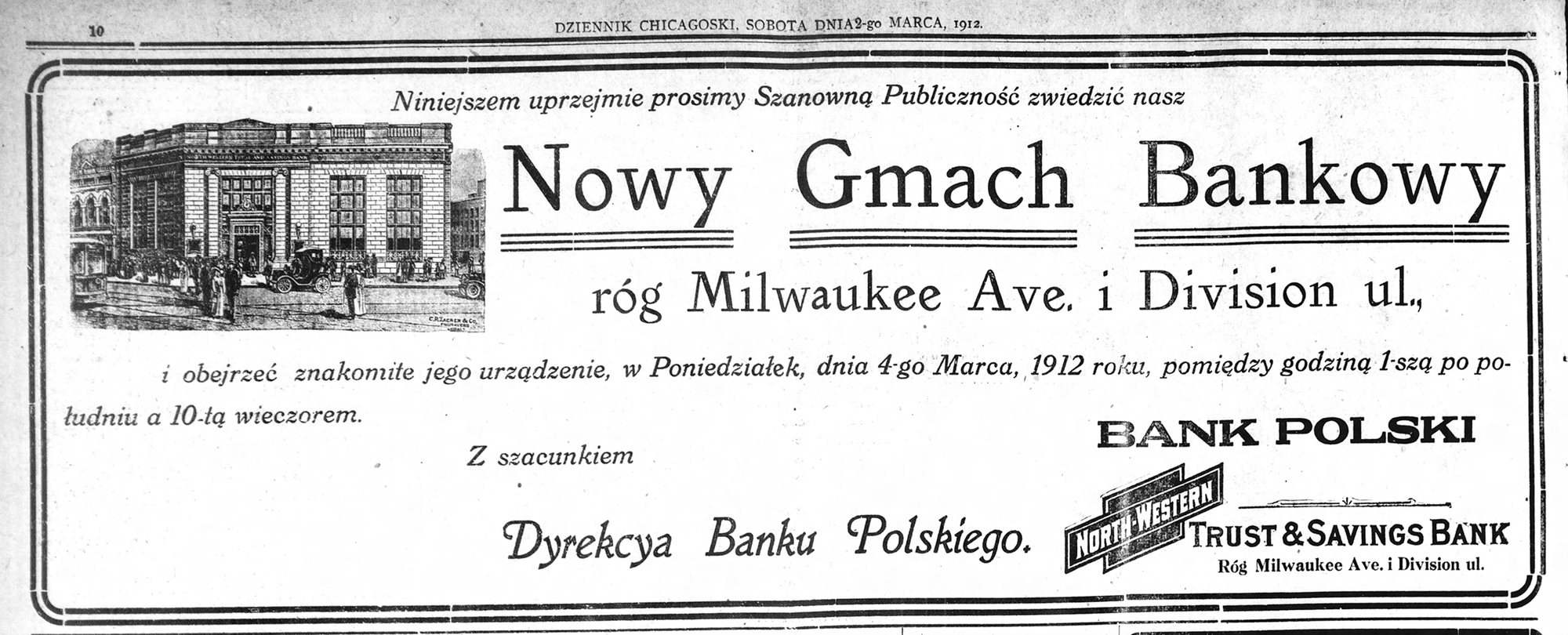
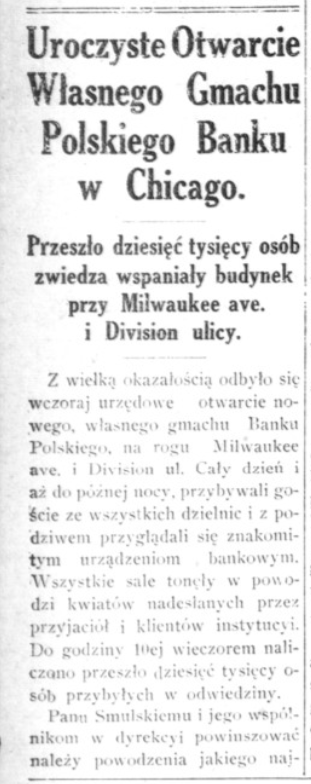
There’s also a bit of (re)discovery here—as far as I can tell, no else has written about how the Northwestern Trust & Savings Bank was initially built in 1912, designed by the Hoggson Brothers. The Hoggsons were specialists in bank construction and early proponents of the design-build method, which they dubbed the “Hoggson Method”—they even published a Hoggson Magazine to spread the word about this nifty new way to get things built (and get themselves hired).
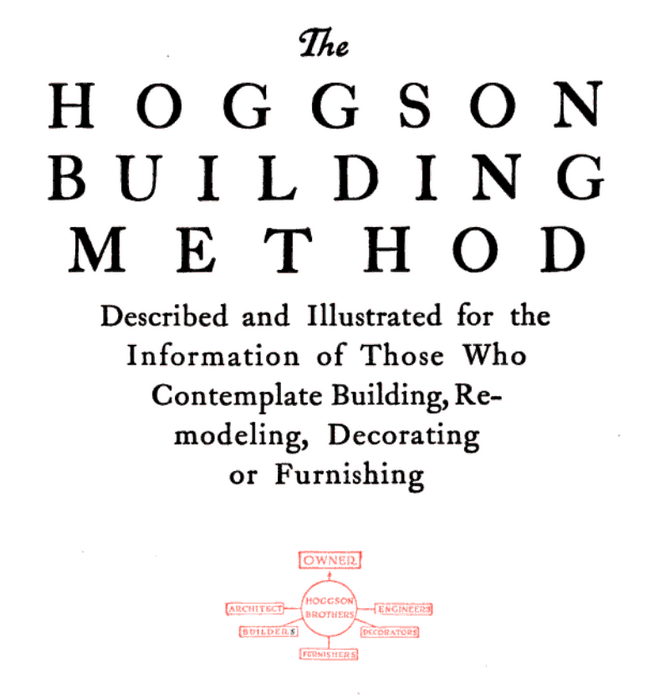
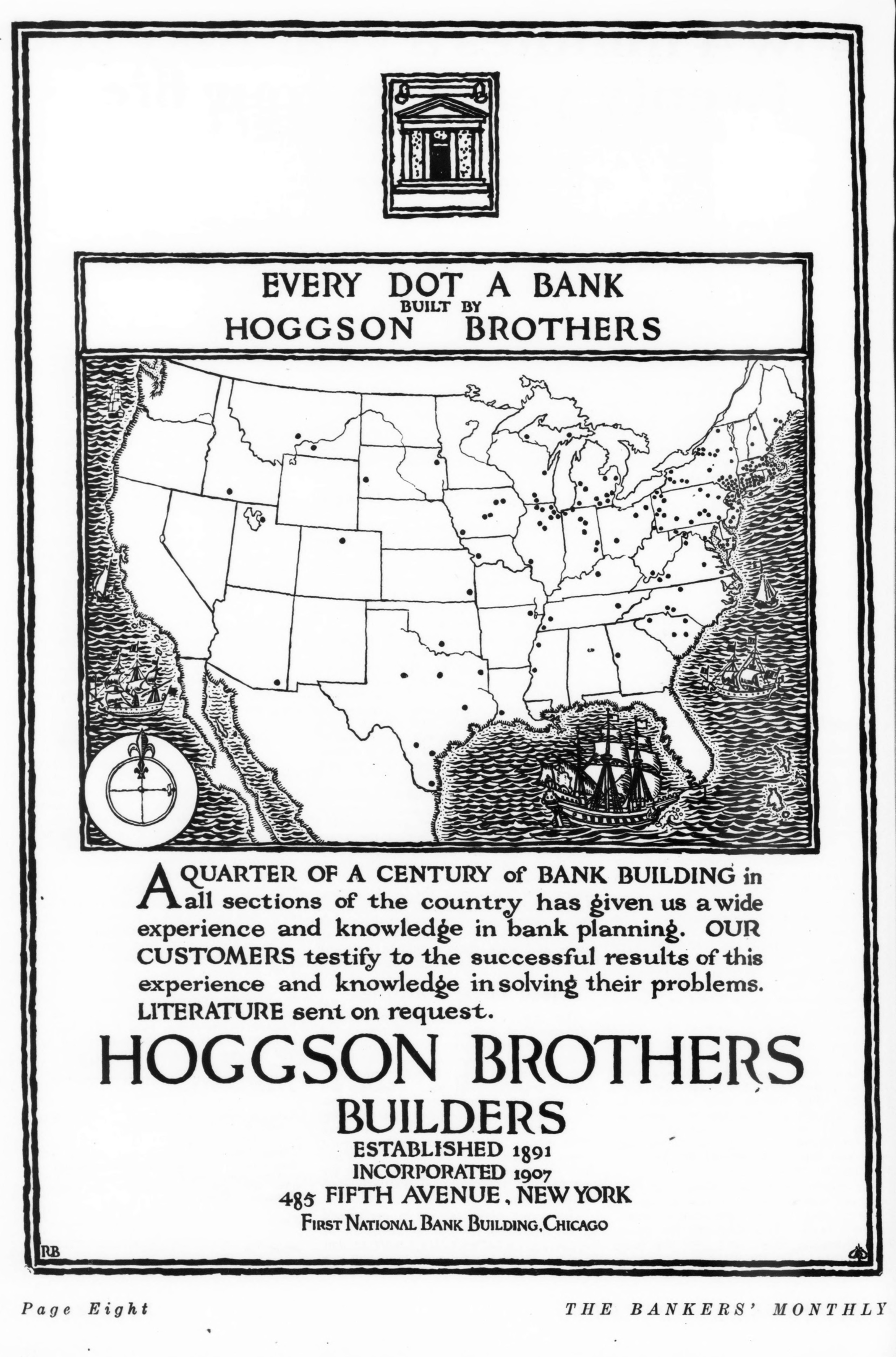
In the US, modern design-build—where a building is built under a single contract, with one organization responsible for managing design, engineering, and construction—is more commonly associated with the latter half of the 20th century. Turns out that a handful of firms were already using the practice in the early 1900s, though, including the Hoggsons. Relative to the (also common) design-bid-build method, design-build centralizes responsibility to increase efficiency, but potentially at the expense of cost-savings from competitive bidding. It worked out pretty well for the Hoggsons for a few decades—their firm built hundreds of banks across the US, including the original one here.
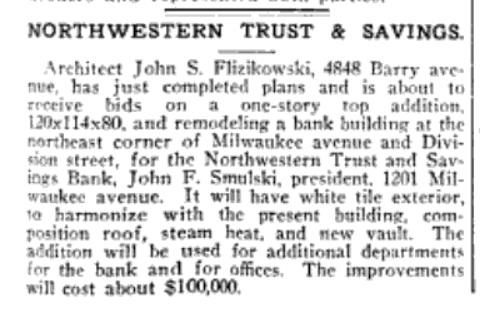
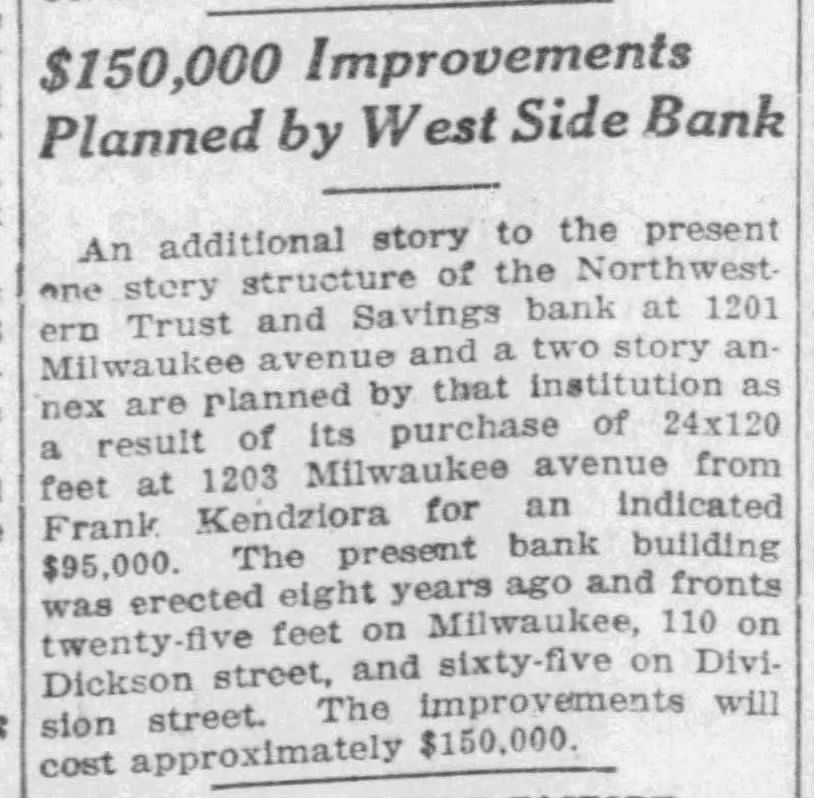
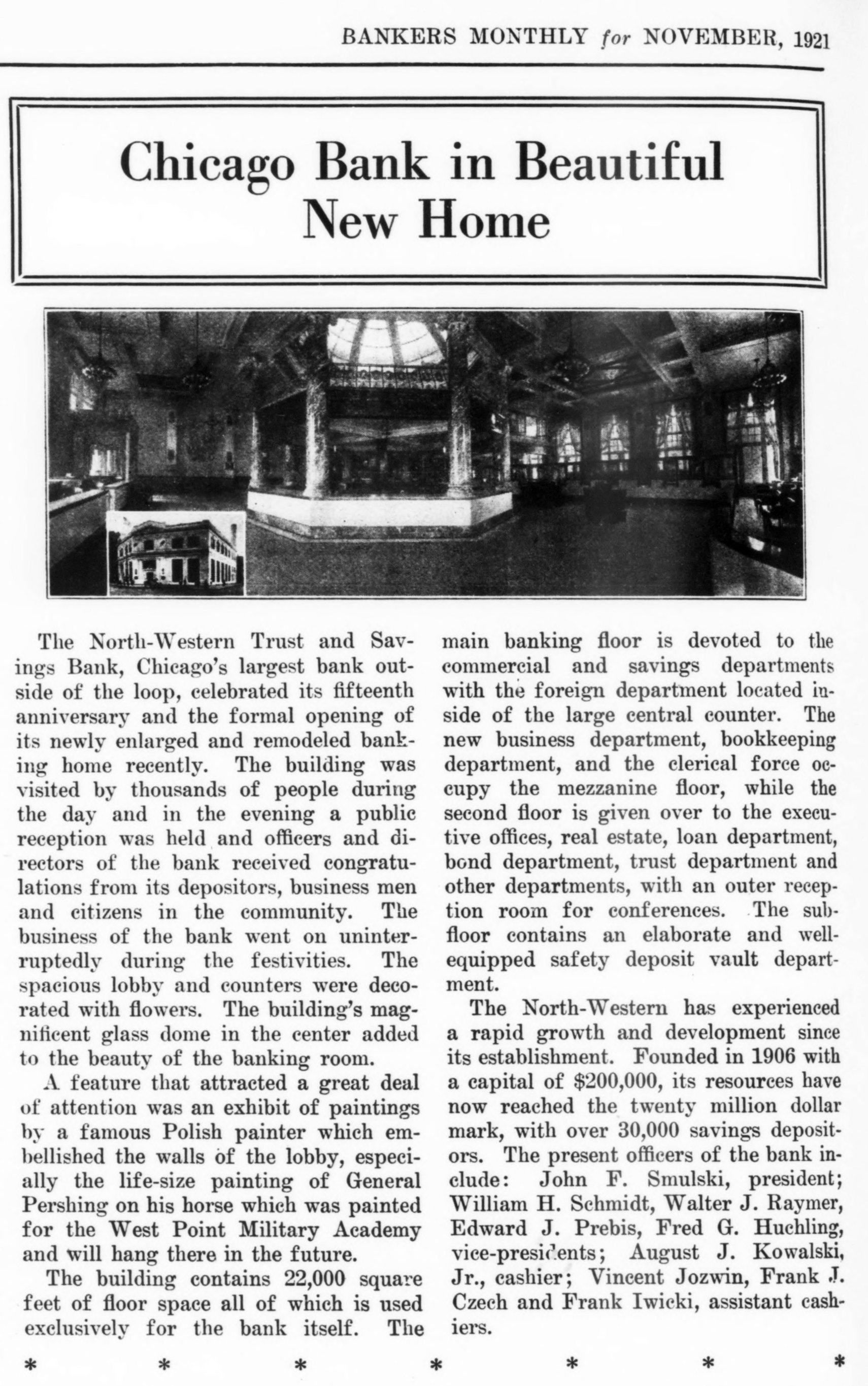
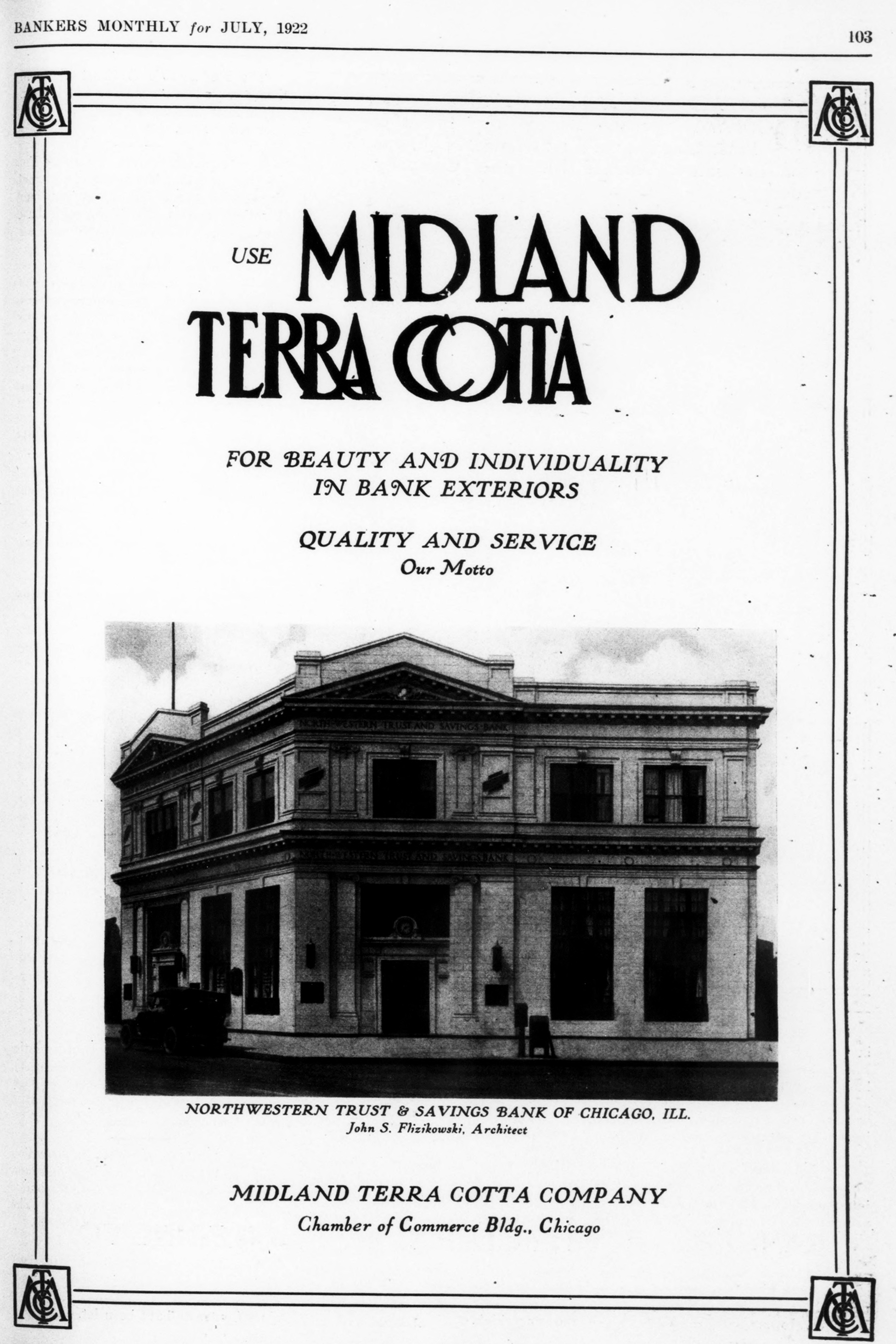
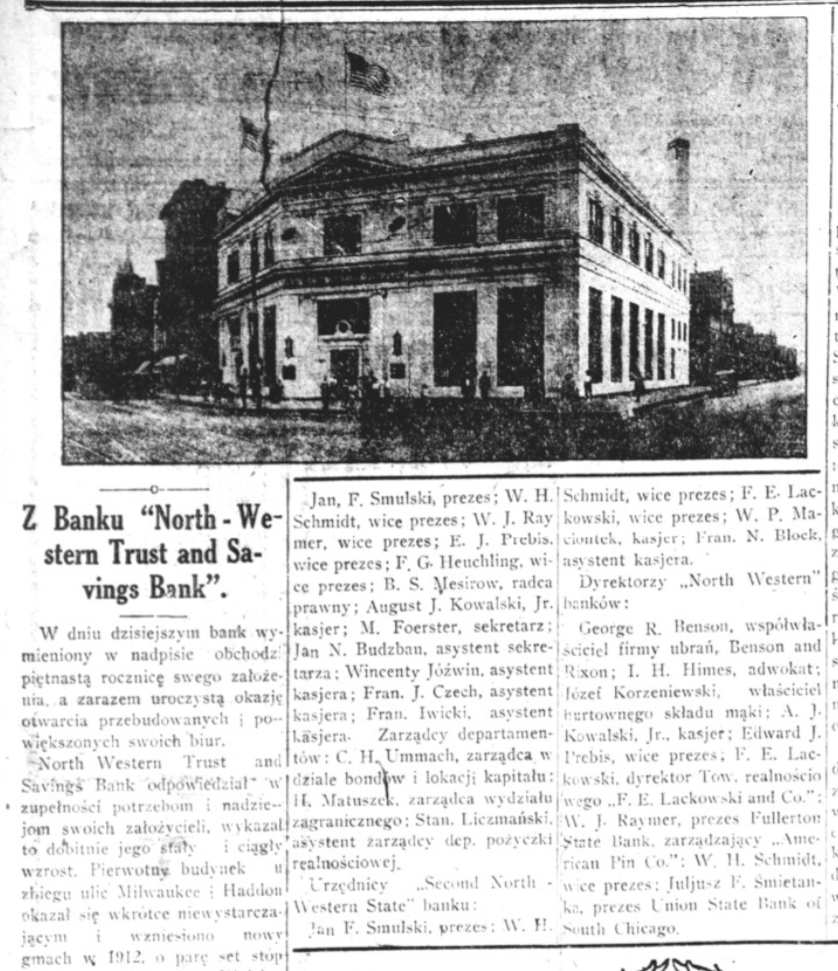
Founded in 1906 by John Smulski, Northwestern Trust grew rapidly in the 1910s. The growing Polish bank, in need of more space, hired from within the community for their addition, tapping Chicago Polish architect John Flizikowski in 1919 (Flizikowski also designed the Polish Roman Catholic Union of America HQ).
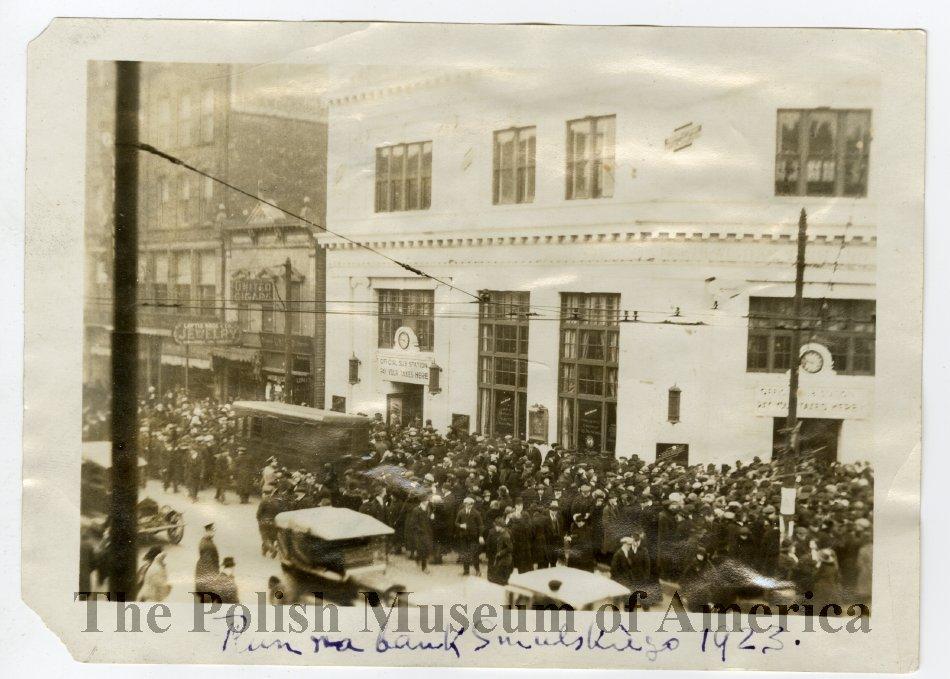


Northwestern Trust failed in 1931, one of thousands of banks that survived the crash of 1929 only to be killed two years later by the Hoover Administration's policy choices. It must have been an absolute financial catastrophe for Chicago’s Polish community. Customers’ money was tied up for years—three years later they’d been paid out 78% of their deposits—and the president of the bank drowned himself in the Lincoln Park lagoon.

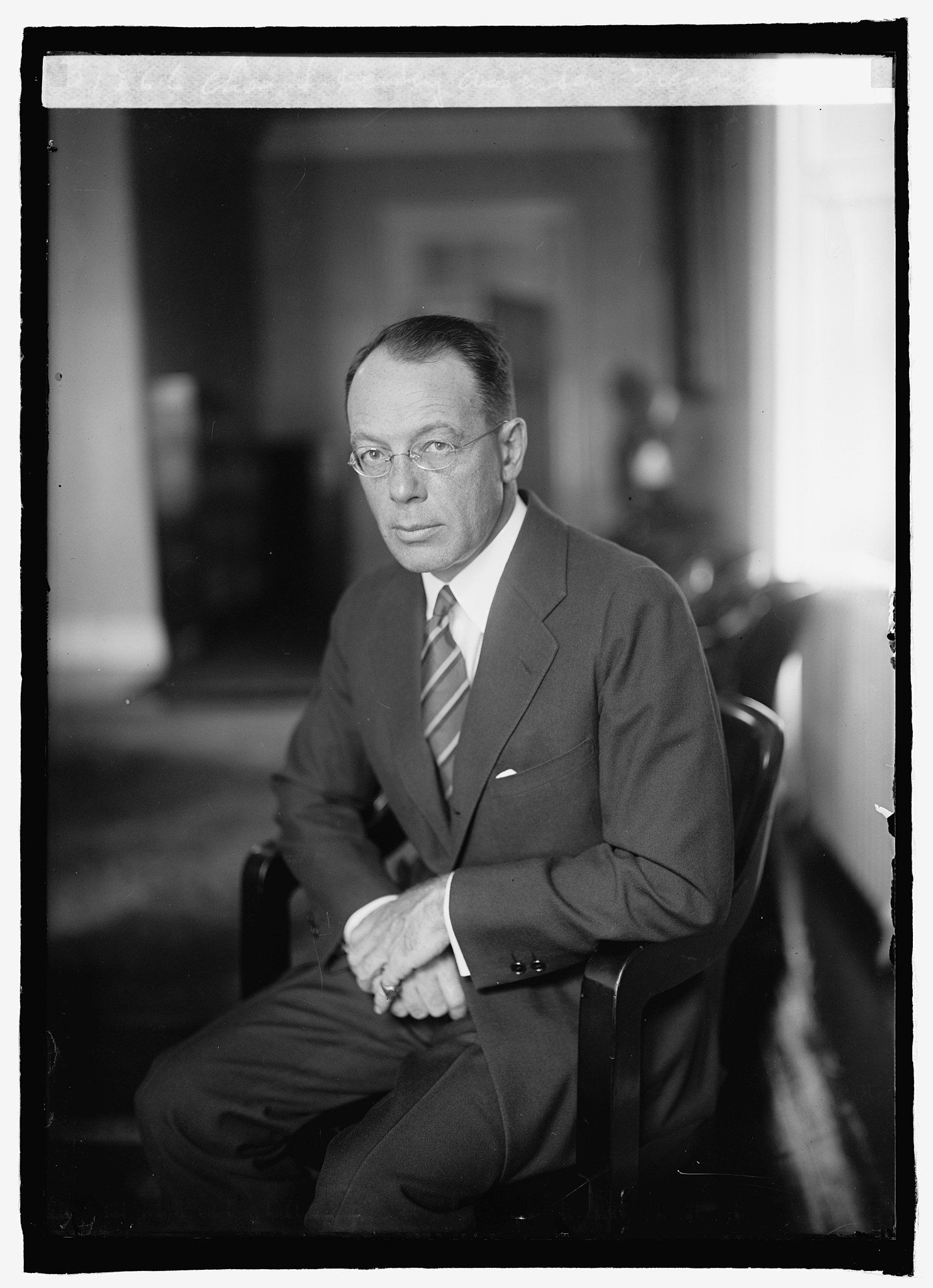

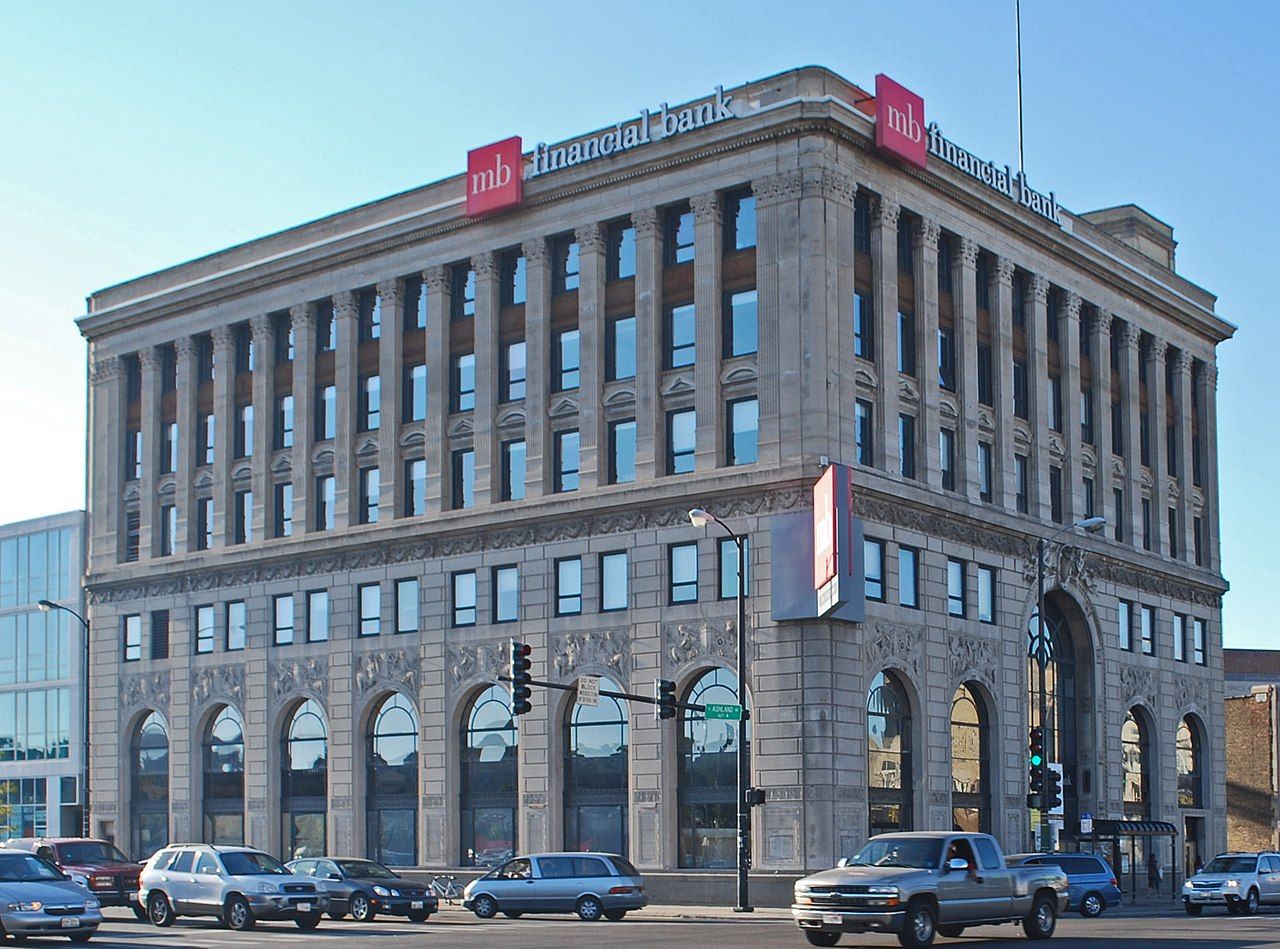
In an effort led by Charles Dewey, the Milwaukee Avenue National Bank was reconstituted from the carcass of Northwestern Trust. Dewey had an interesting career: originlly a real estate developer, he worked for the US Treasury, served as Secretary of the Board of Architectural Consultants during the Federal Triangle project in Washington, D.C., became the financial advisor to the Polish government and Director of the Bank of Poland after Jozef Piłsudski retook power in the May Coup of 1926, was twice elected to Congress, and worked on the Marshall Plan. Dewey's successor bank opened in this building in 1934, before moving across the Triangle into the larger Home Bank building in 1939.
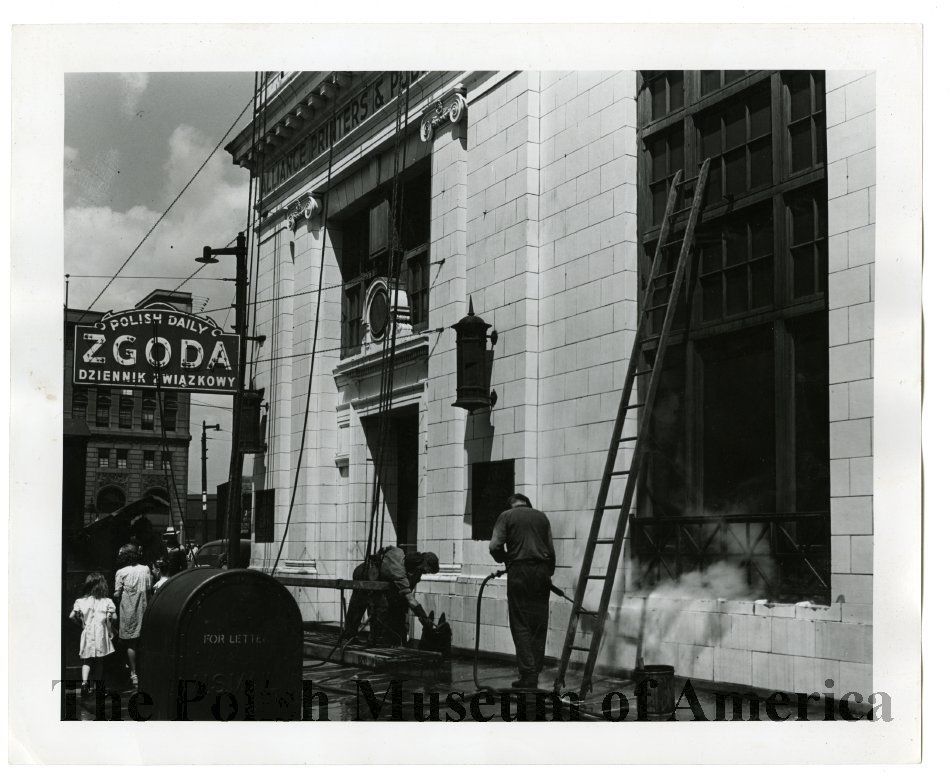
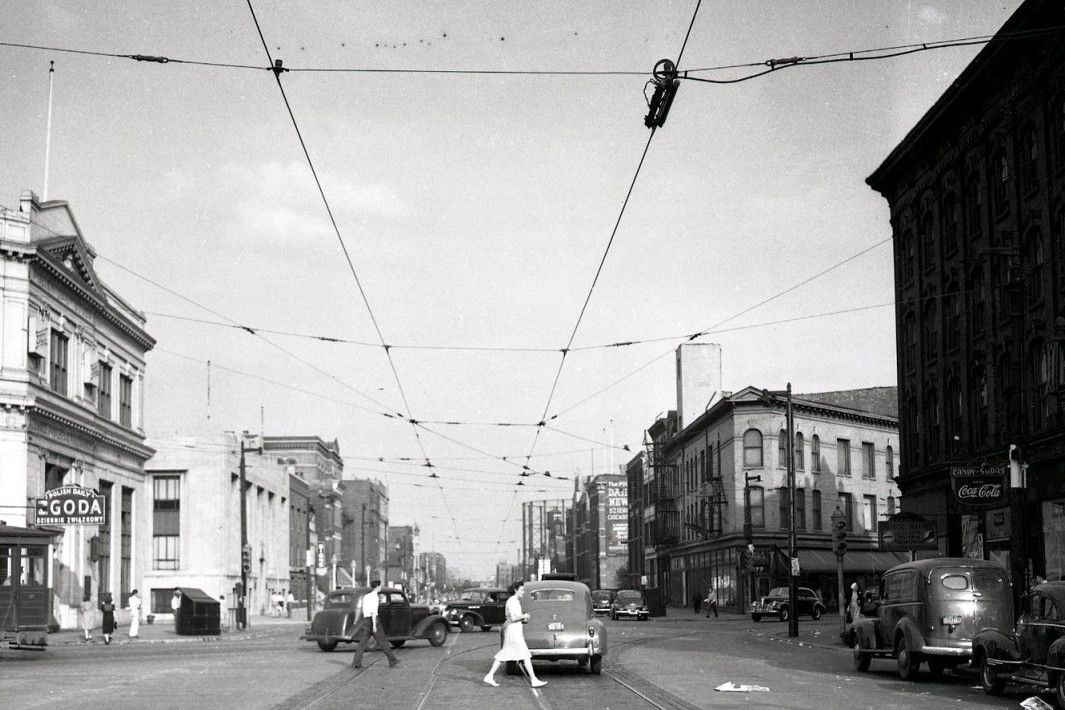
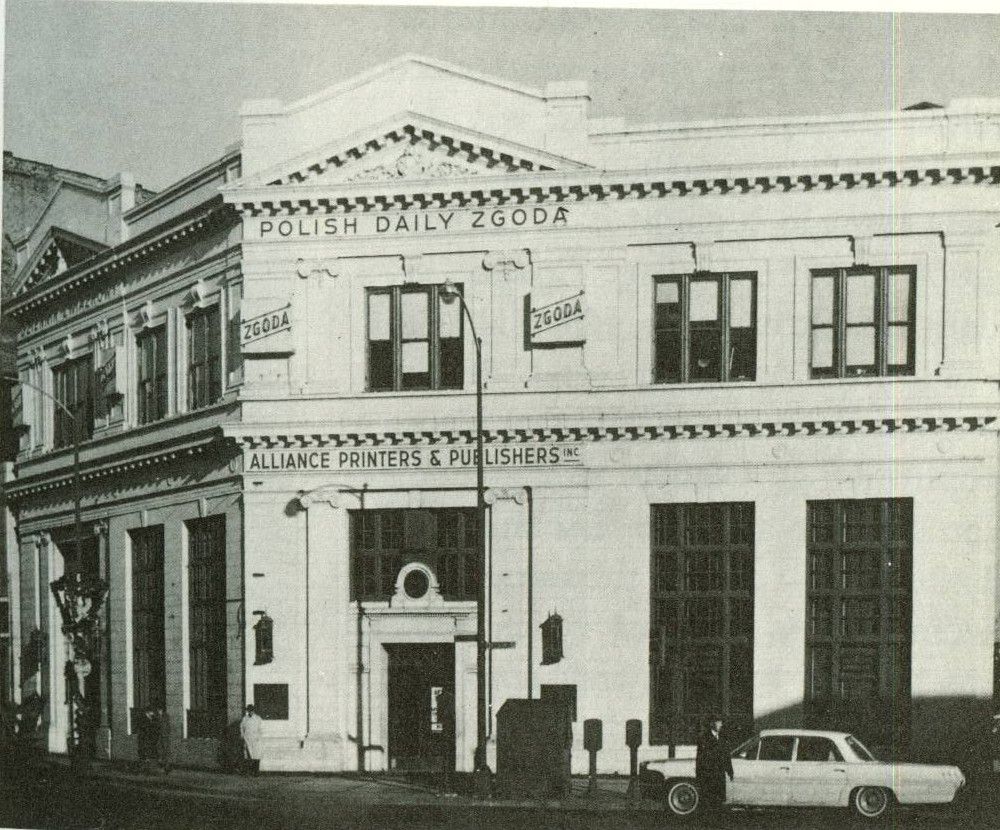
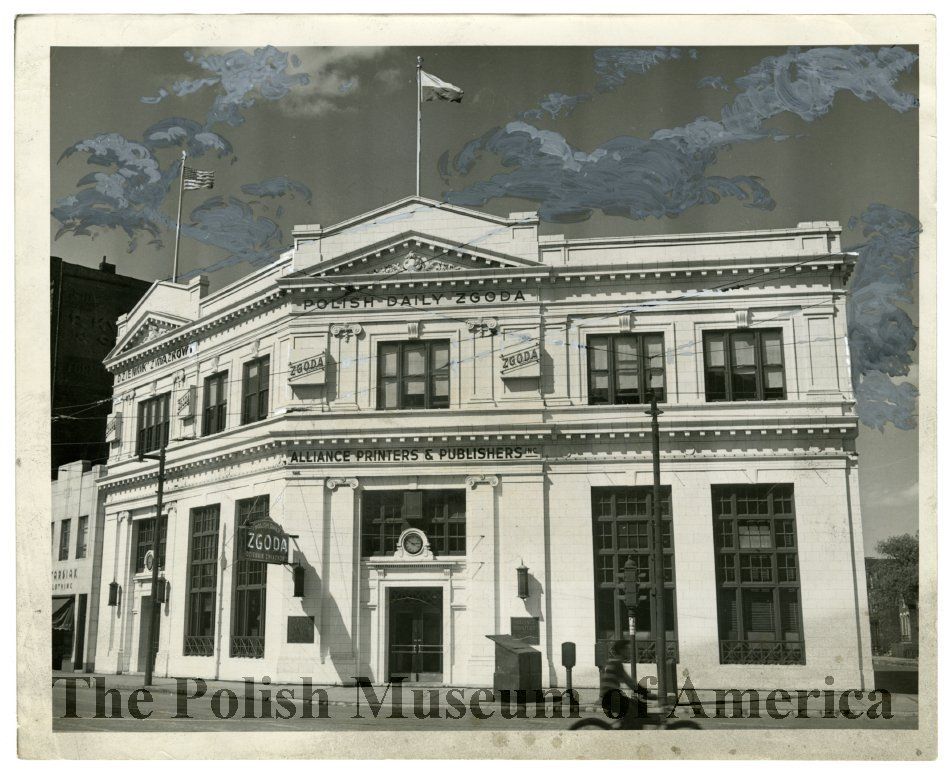
Alliance Printers and Publishers moved into the former bank building in 1941, publishing and printing the Daily Zgoda newspaper here until 1980. Zgoda, Polish for ‘Harmony’, was the newspaper of the Polish National Alliance, which was headquartered across the street. By the time they moved out, the publication was semi-monthly, but still had a circulation in the 150,000 range. It still exists as a quarterly PNA publication.
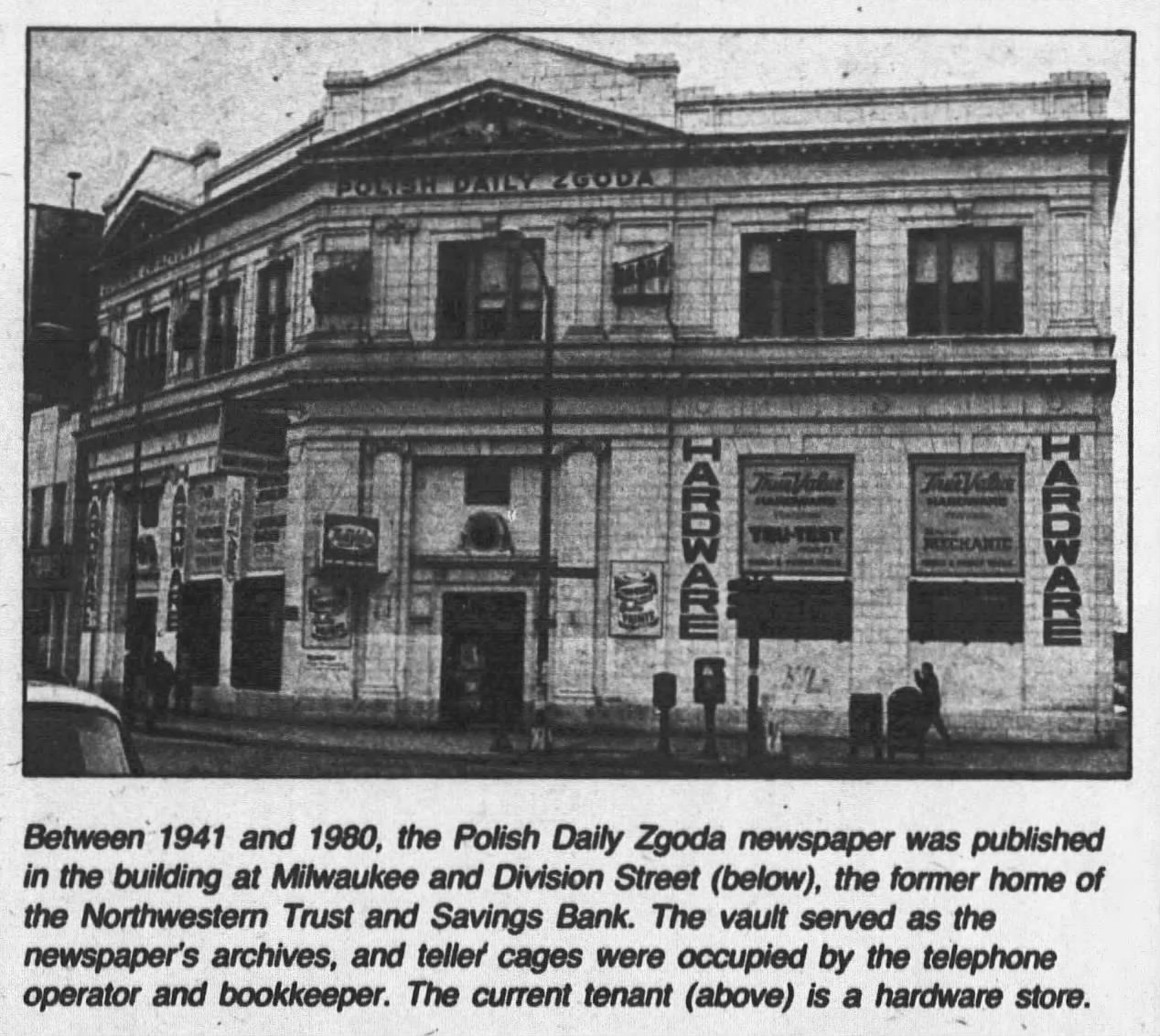
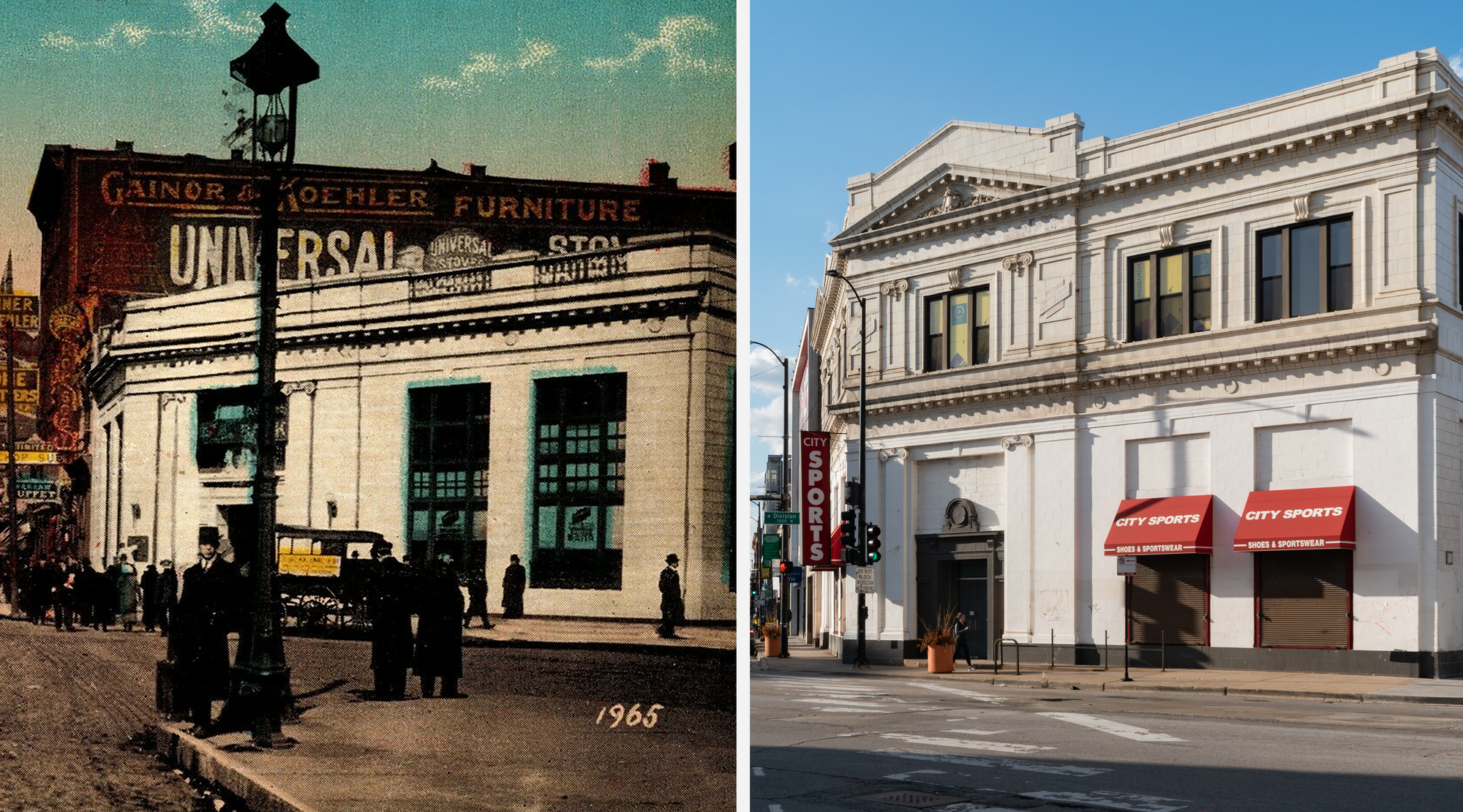
After the paper moved out it became Honey True Value Hardware in the 1980s. Today it’s City Sports.
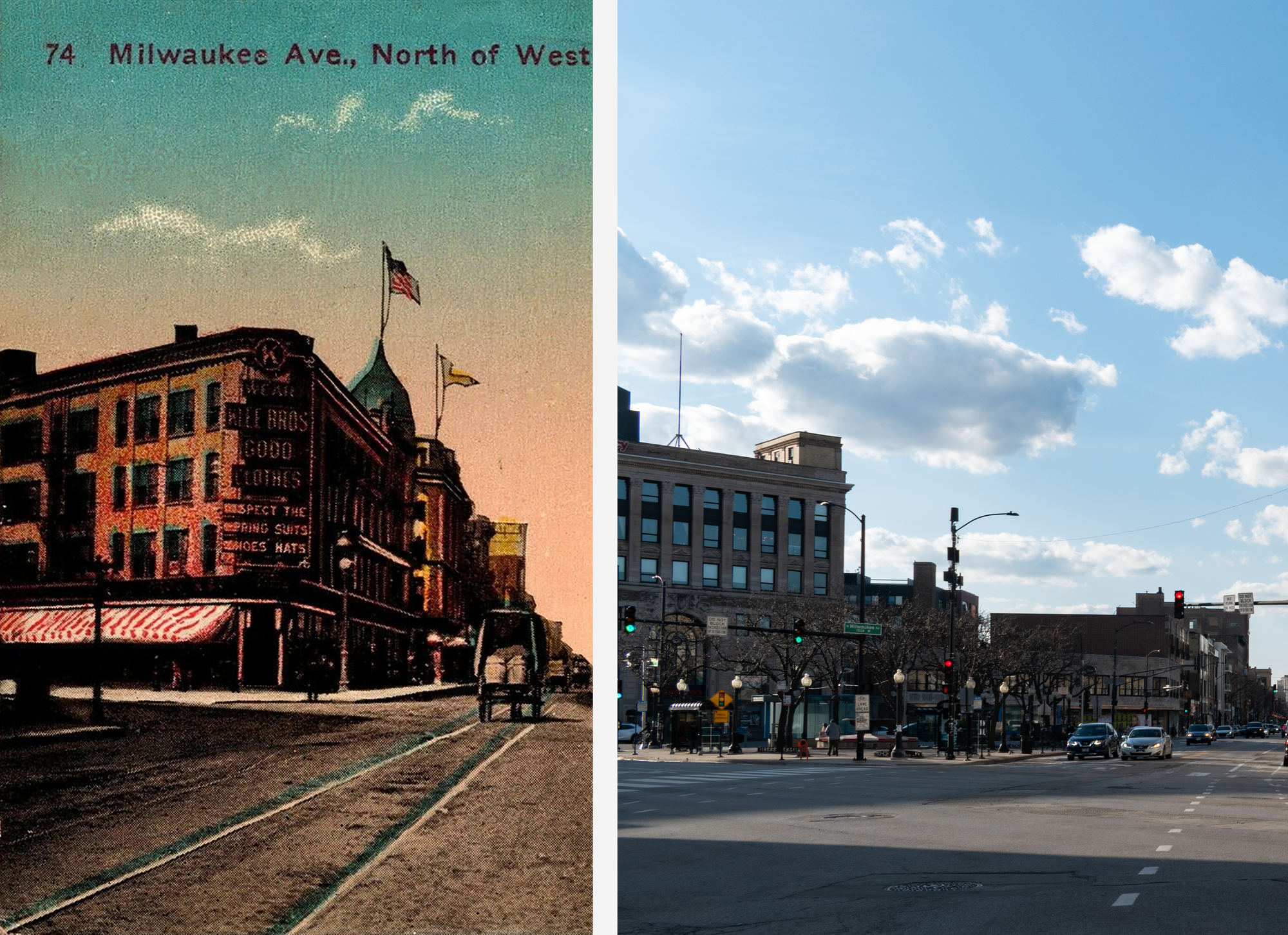
On the left, the building on the site of the Polish Triangle was the Klee Brothers store. An assemblage of multiple buildings from the 1880s, in 1930 the Ashland Avenue street widening took a chunk out of it. This rendered it commercially unviable—already outdated, it was now too small for retail. After a 30 year run at the heart of Polish Downtown, the Klee Bros. had a liquidation sale here in January 1931. The building, a dismembered and vacant "eyesore”, lingered until the mid-1930s, when it was demolished.
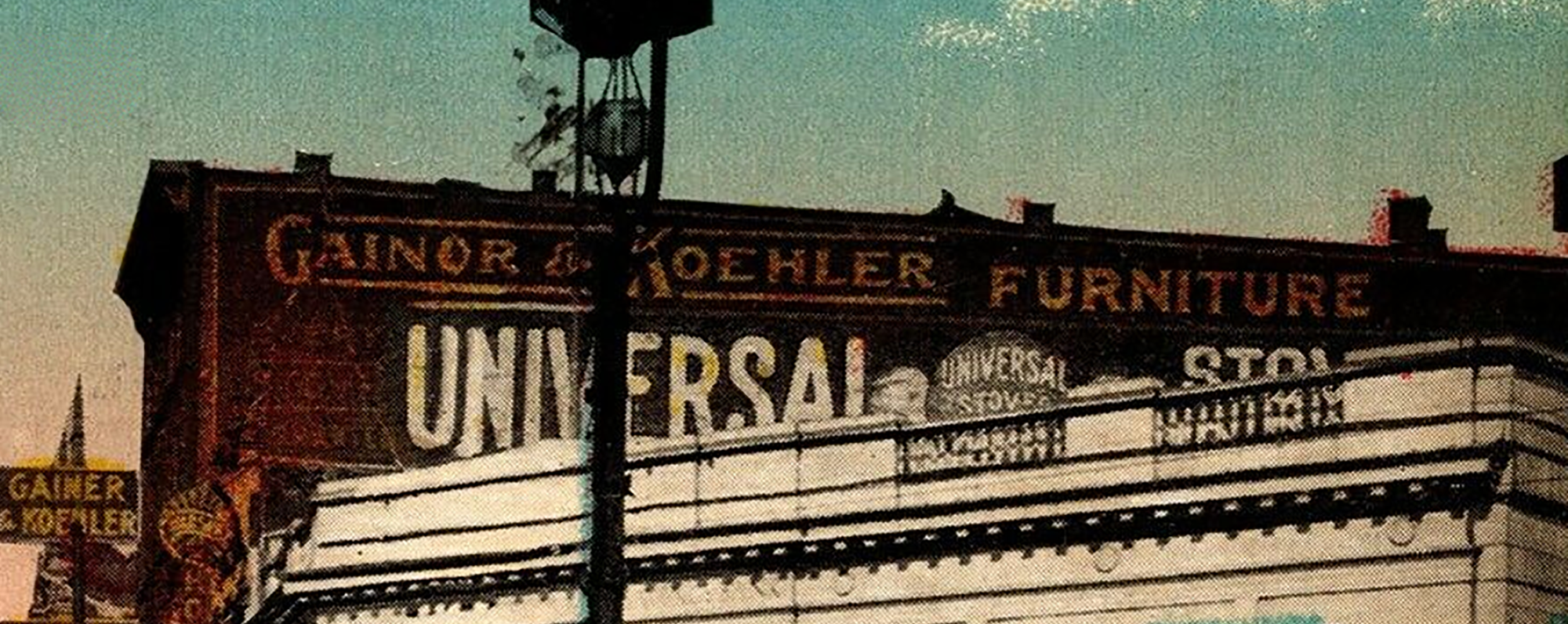
The furniture store behind the bank building, the Gainer & Koehler Furniture Store, is actually still there—it's just hidden behind a few different ugly facades. The streetcar tracks running down the center of the postcard, on the other hand, are long gone. Used by the Milwaukee Ave electric streetcar, it ran from 1906 until 1952, when it was replaced by buses.
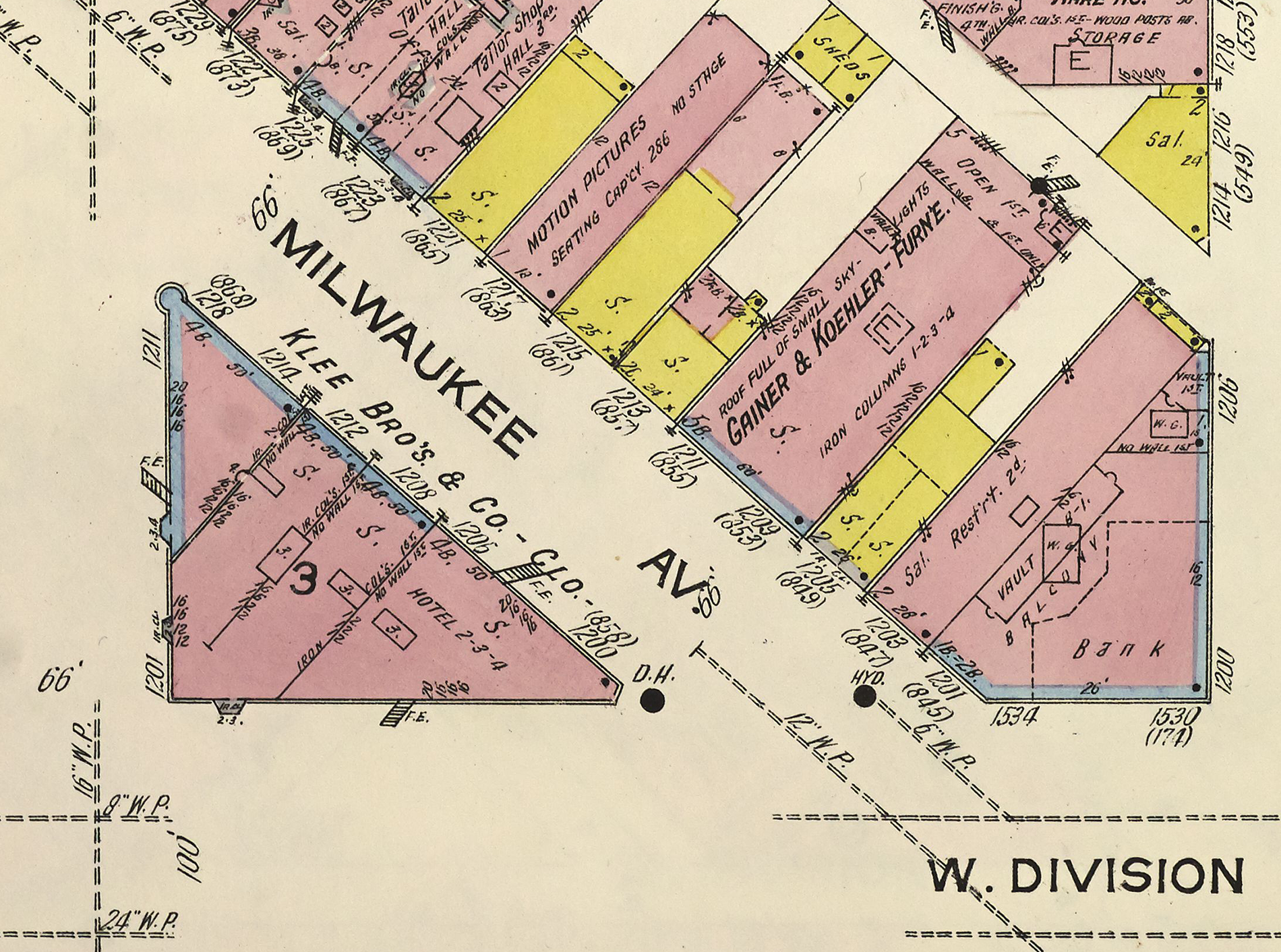
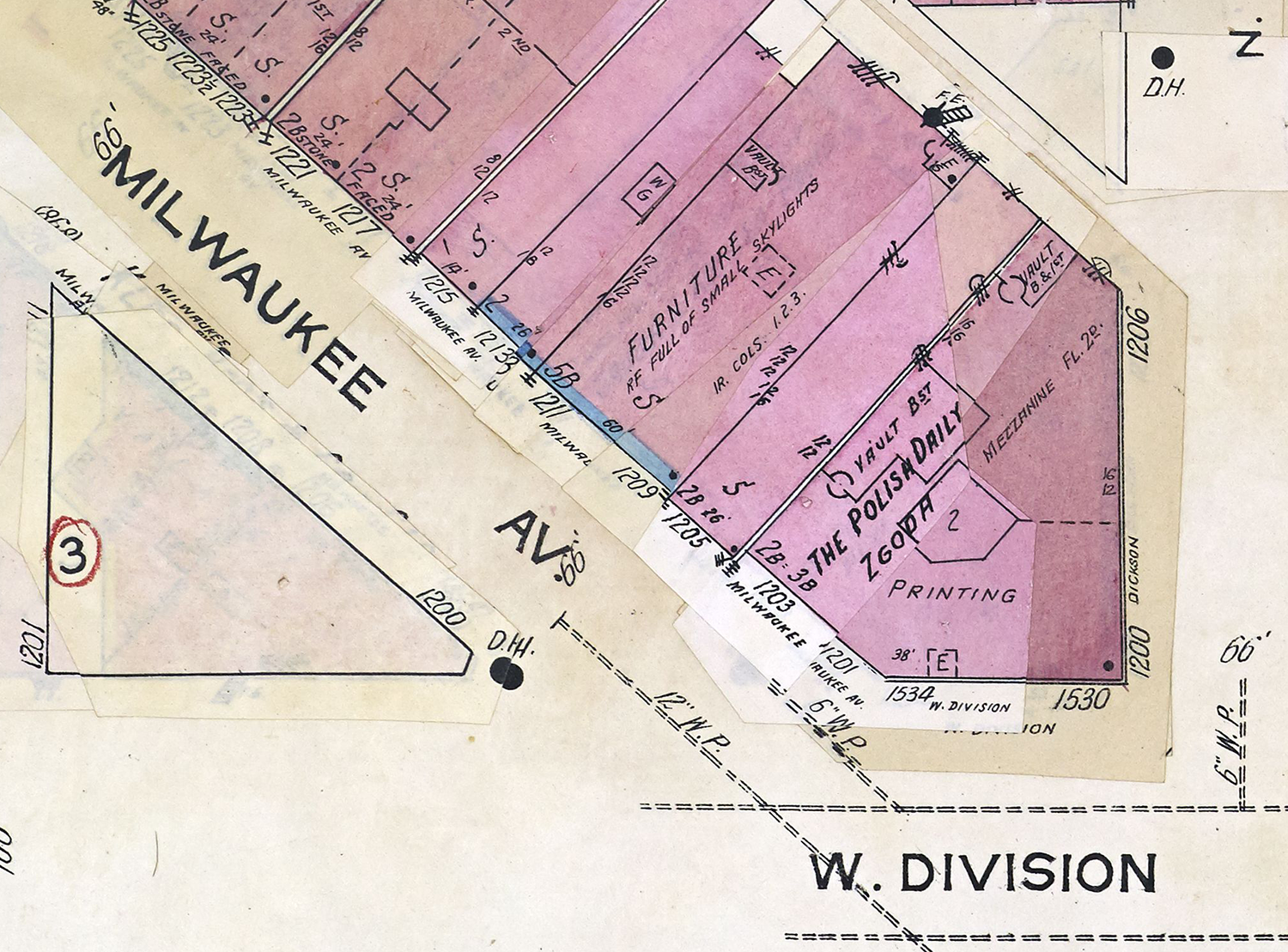
Production Files
Further reading:
- This article on North Western Trust & Savings founder Jan Smulski
- This journal article on early design-build in the US, with a focus on the Hoggson Brothers
- A very wonky read about the collapse of the banking system in the early 1930s, with North Western Trust & Savings as an example
- Some neat photos of Nelson Algren with the building in the background here
- Read Dominic Pacyga on Polish Chicago
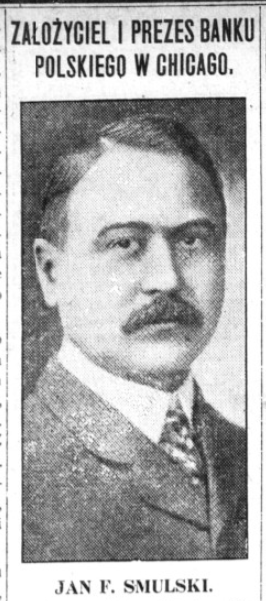
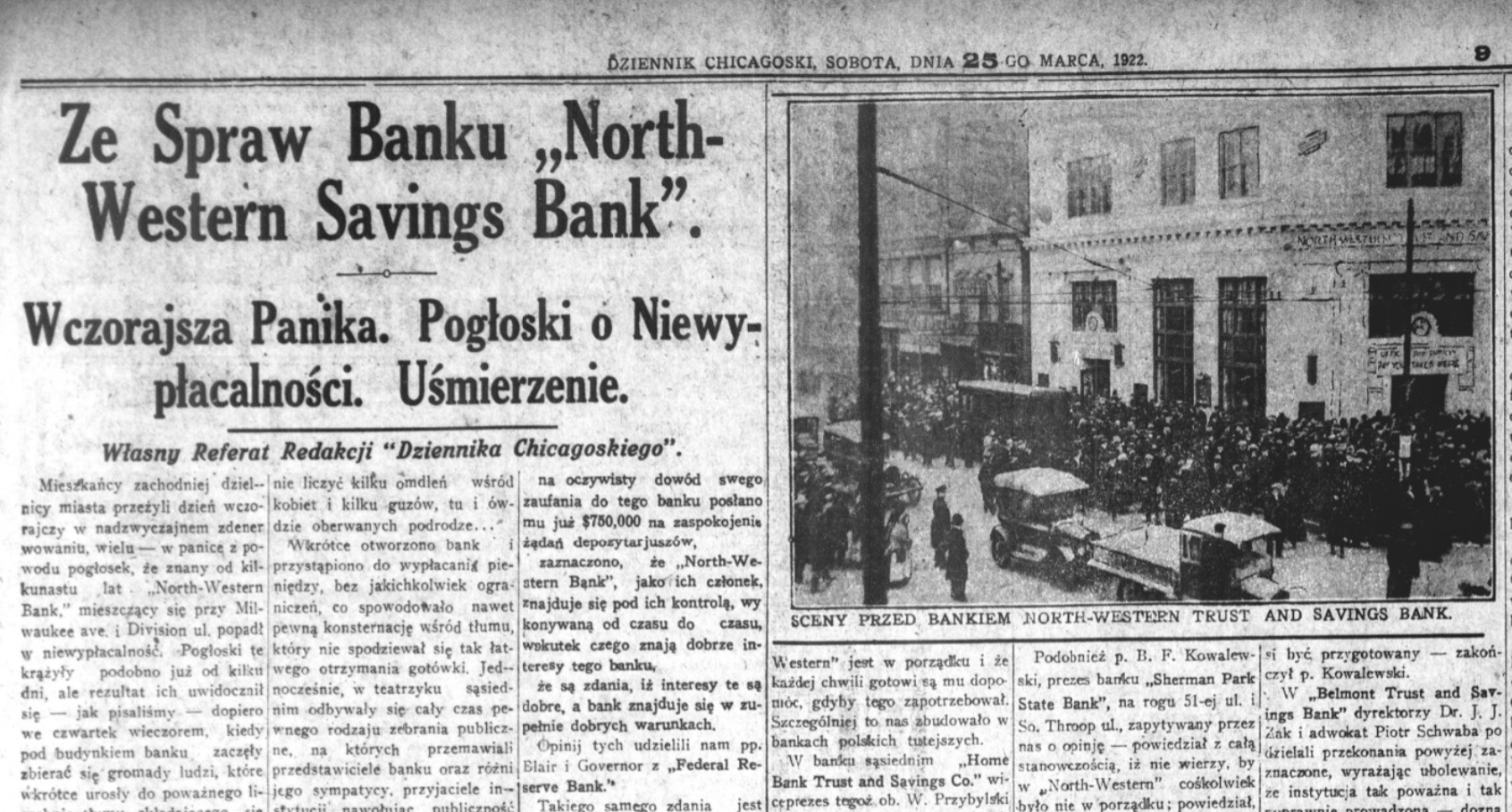
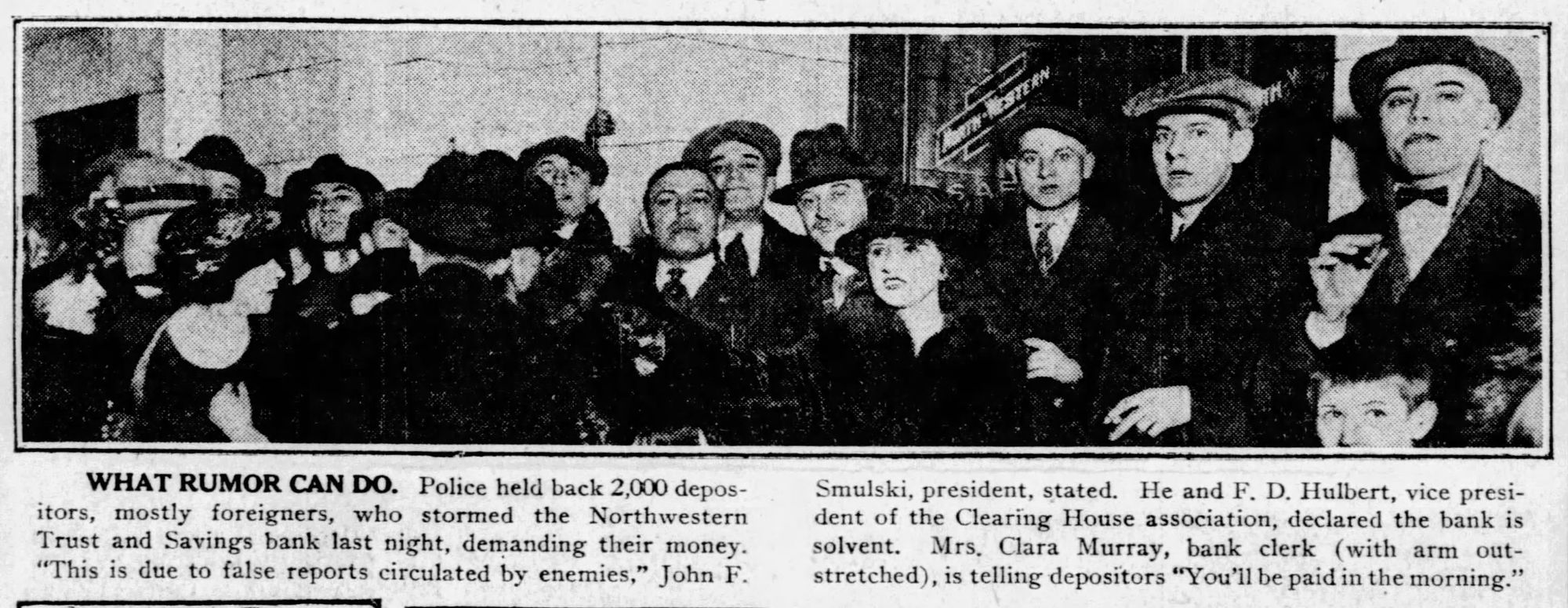
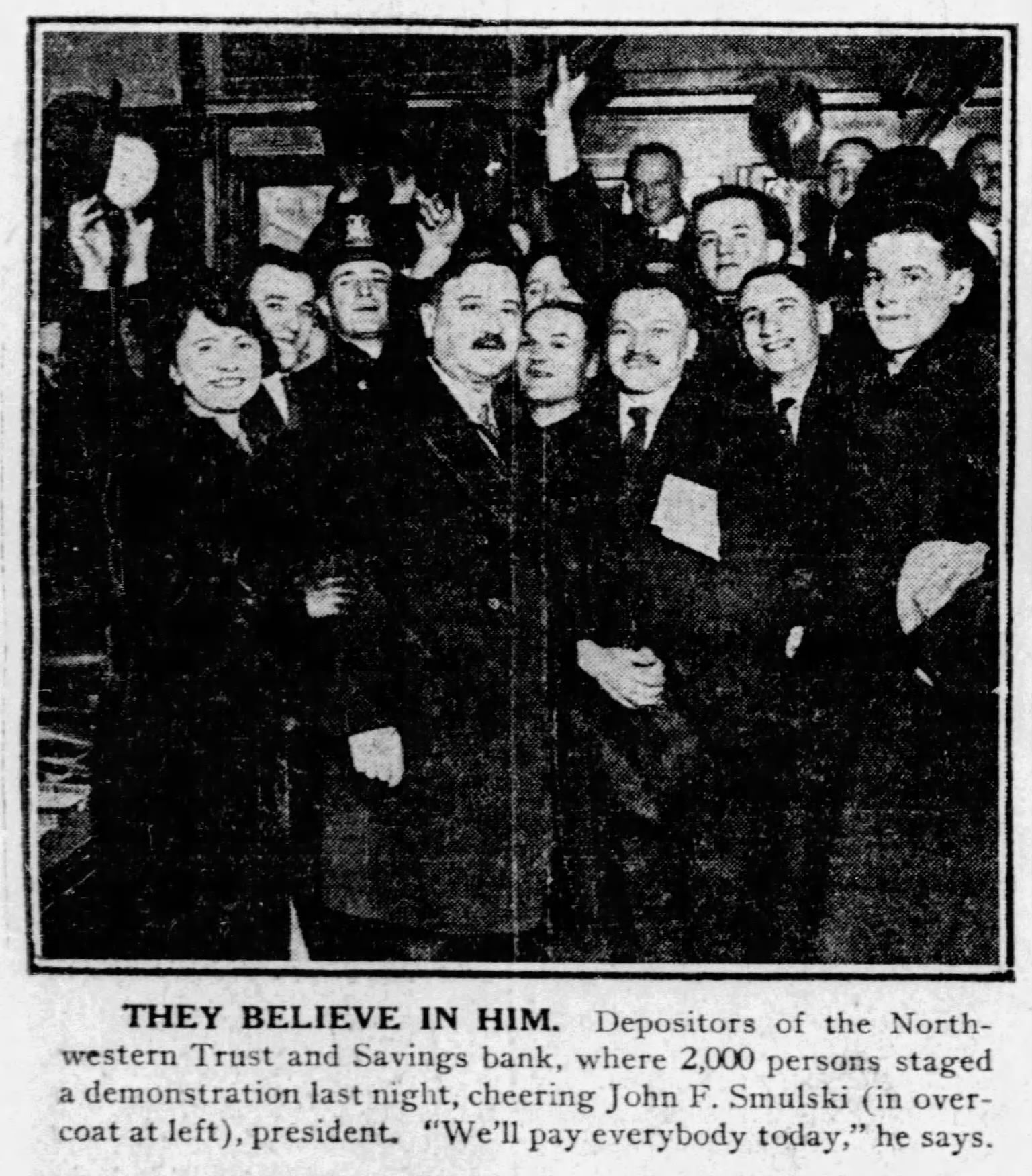
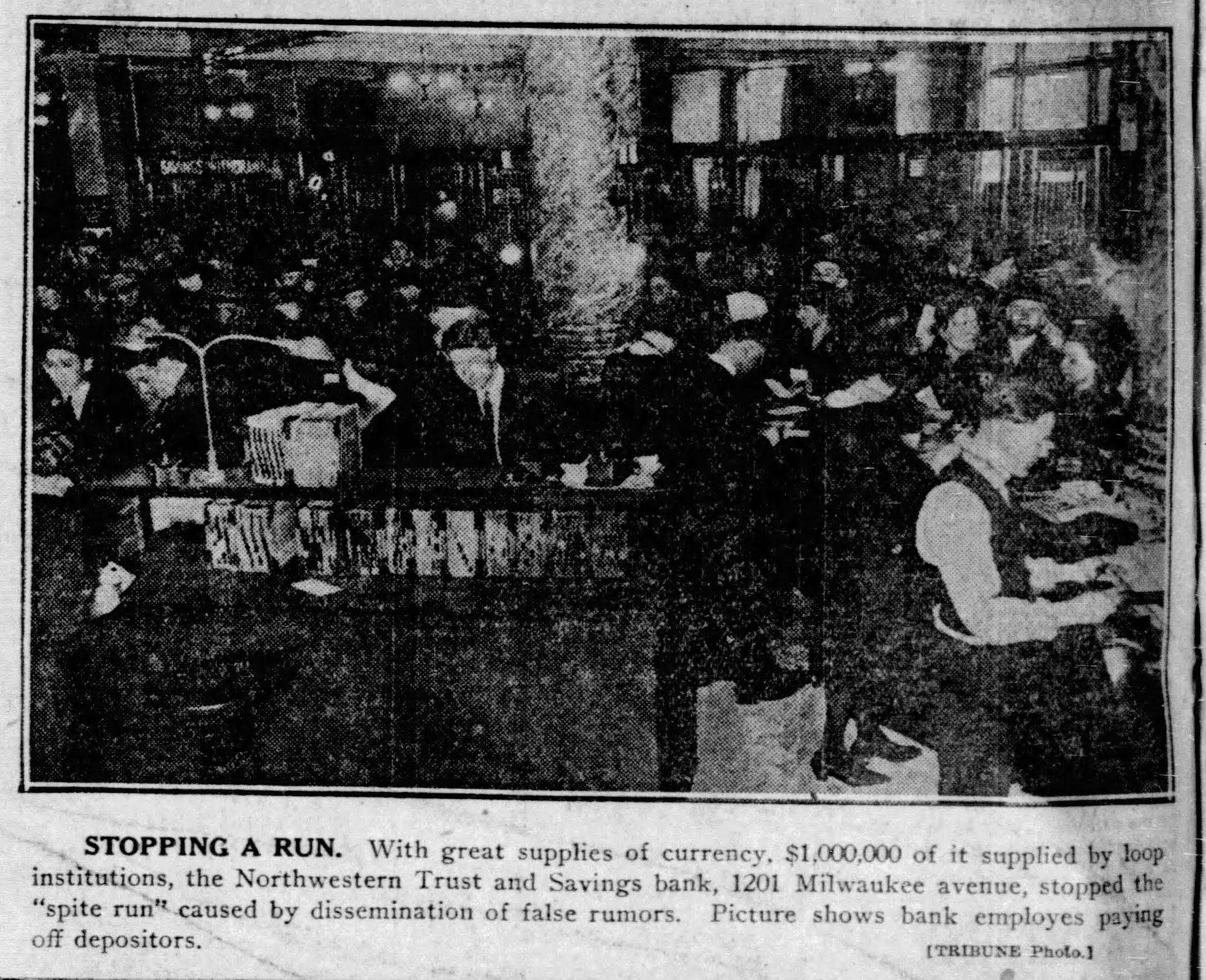
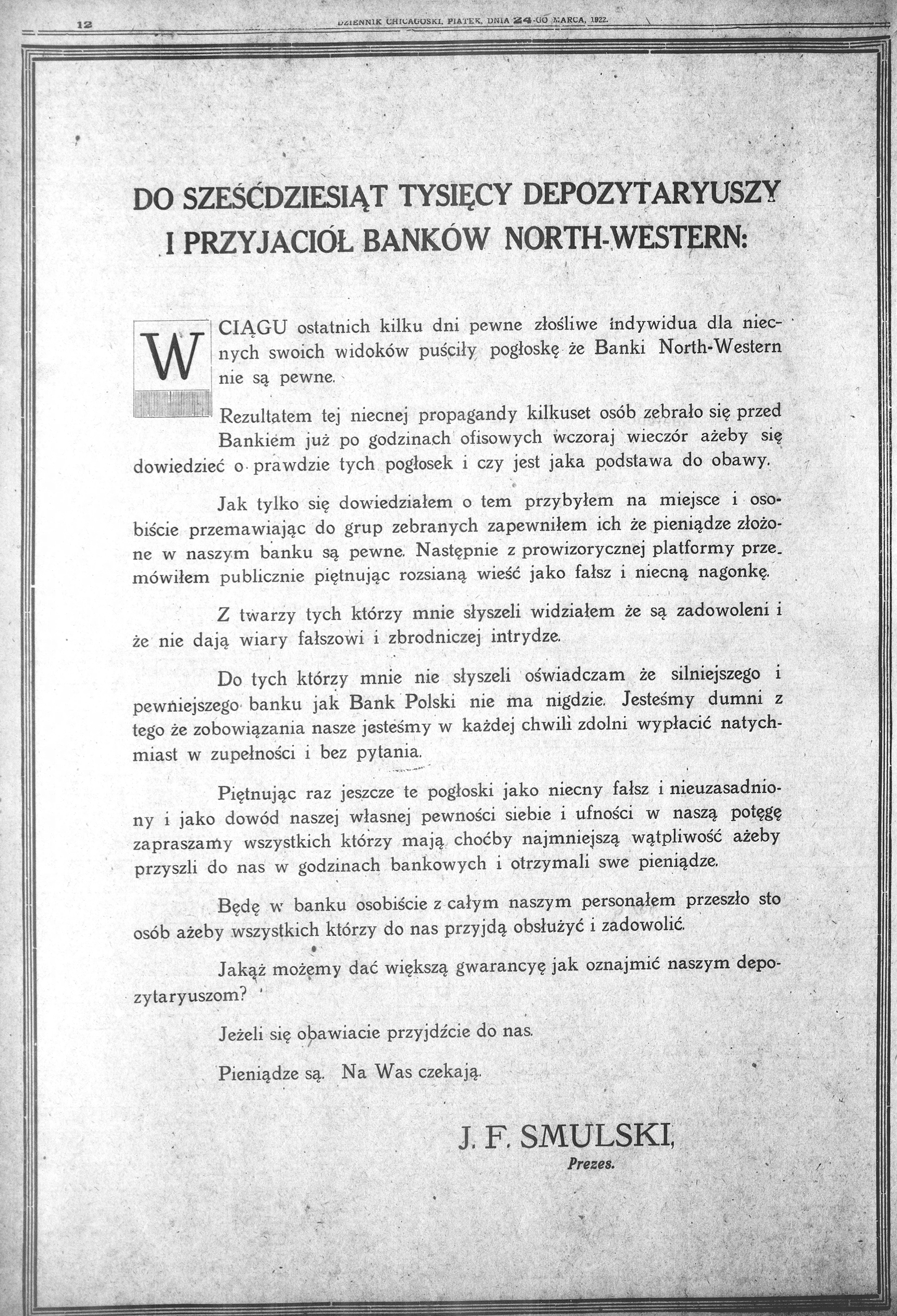
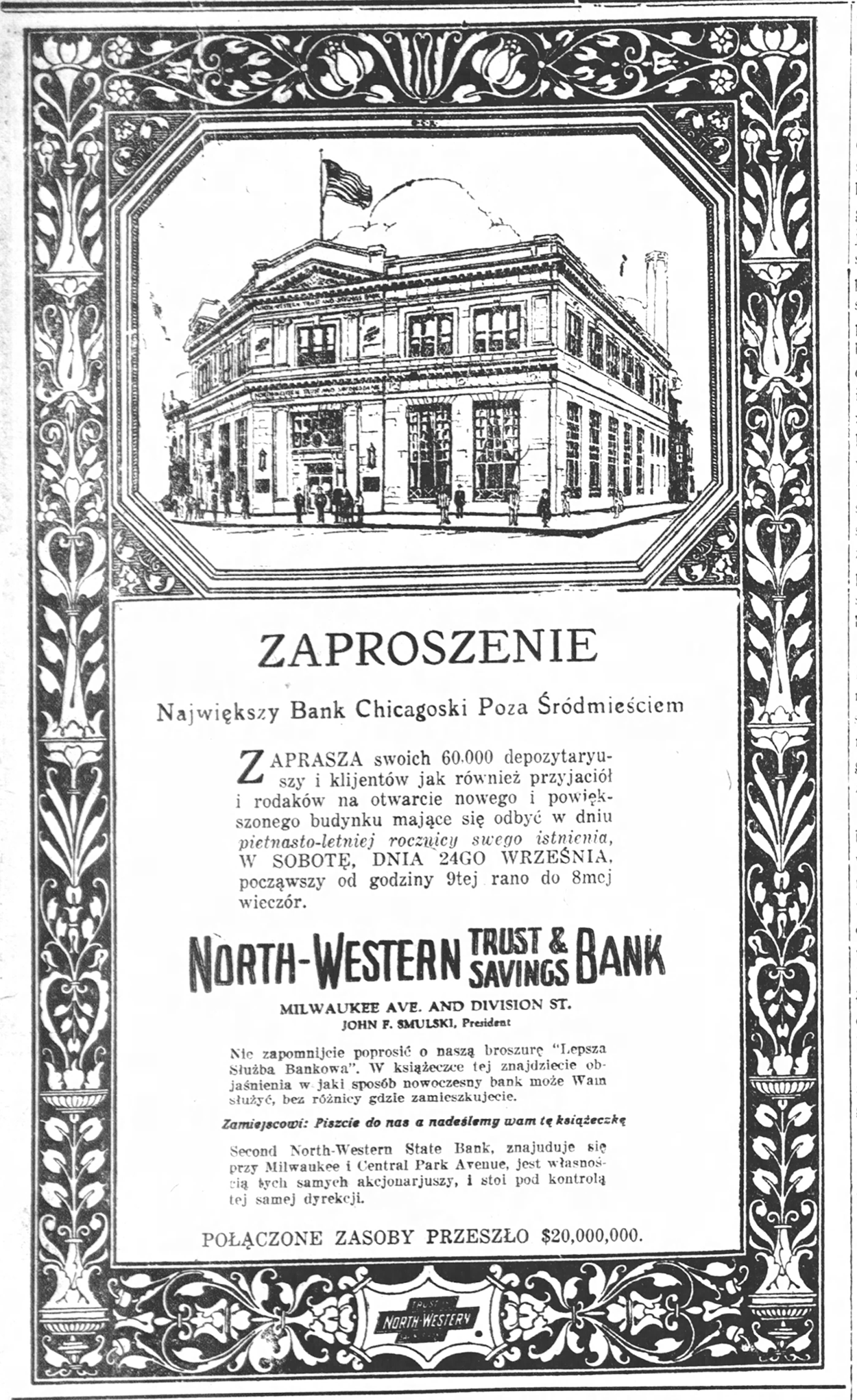
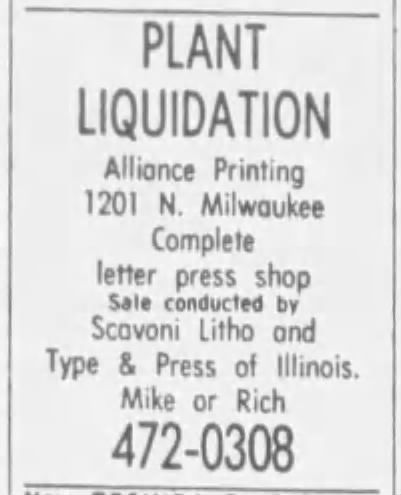
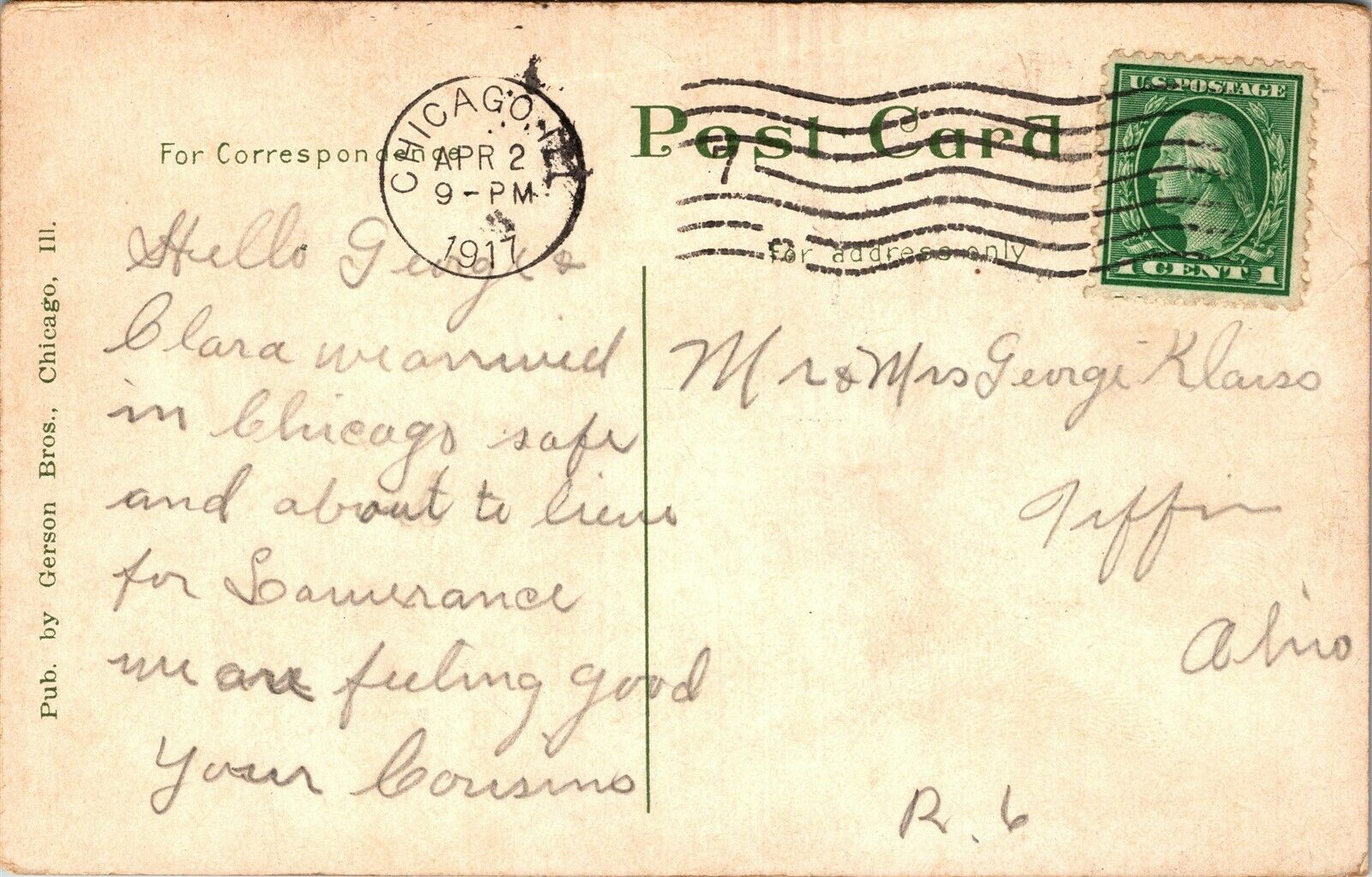
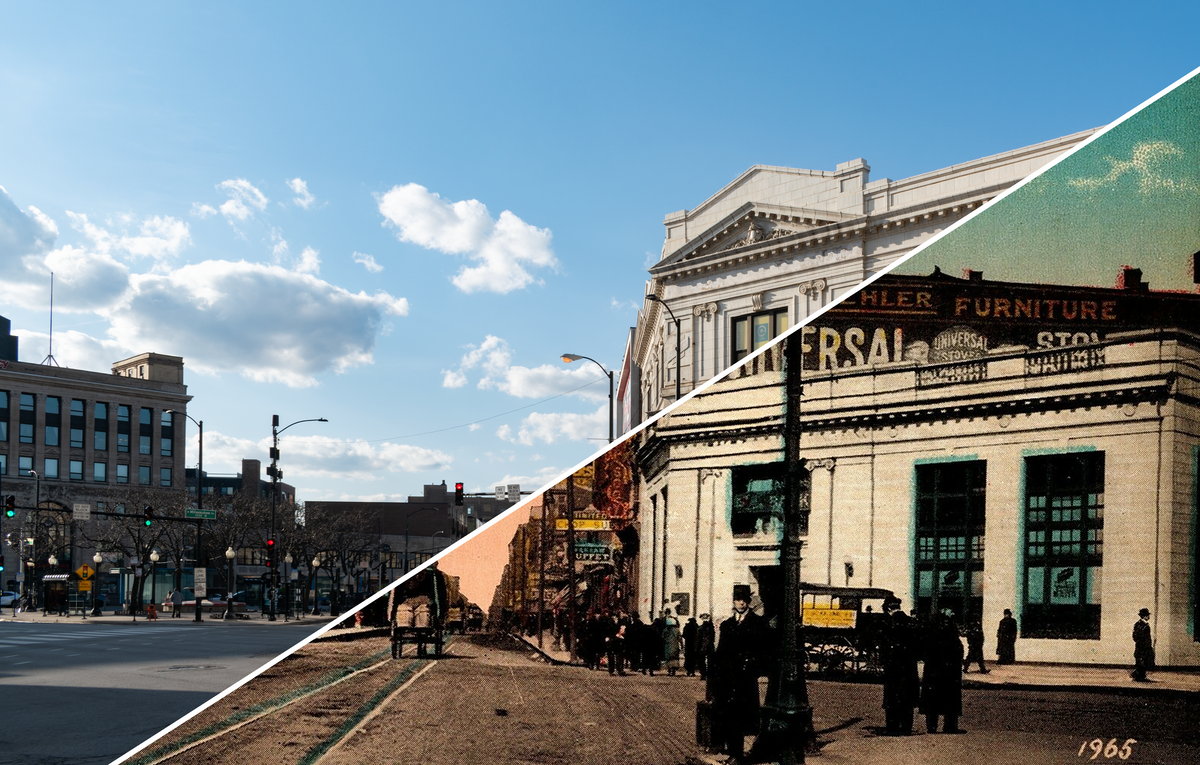
Member discussion: